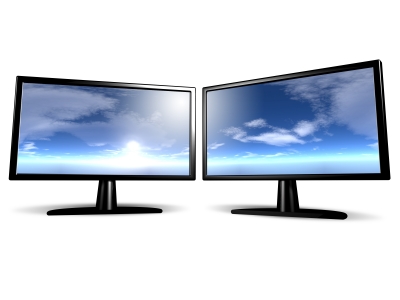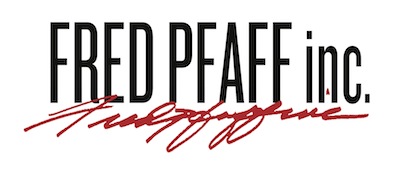Dec 28
A TALE OF TWO KINGS
The great TV divide is one of programming and calendar.
by Art Cannon and Fred Pfaff
Today, TV columnist Ed Martin came out with his top 20 for 2012 (http://bit.ly/Ur47m6) today, and cable beat broadcast 14-4 (PBS had two winners, and didn’t count in that total). Meanwhile, Variety published Nielsen findings of an 800% spike in social TV (where audiences discuss program content in real time on social networks) this year.
That’s a neat encapsulation of the widening divide on air. Breakthrough original programming is predominantly on cable. Broadcast is winning with reality TV, whether that’s sports, conventions or contests – the stuff that caters to the people who yearn to participate in a shared experience, and therefore watch with one eye glued to their mobile device.

The TV programming universe is splitting between storytelling on cable and live experiences via broadcast.
One way to characterize the divide is programming and calendar.
On the programming end, the standard setters increasingly debut on cable. Not only do they set the standard, they kill the competition that doesn’t live up to it. Fox’s heavily promoted “The Mob Doctor” got whacked early in its debut season, largely because HBO already showed us Mafioso in track suits (“The Sopranos”) saying something stronger than “damn.” Similarly, “The Wire” and “The Shield” raised the bar on cop shows to the point where broadcast networks can’t compete. CBS scores with “Blue Bloods” because it’s more a family drama than a cop show.
That’s a long way from the Nineties, when “NYPD Blue” was redefining edgy drama on ABC primetime.
Cable nets can take a fewer, better approach to original programming. They commission fewer pilots, and they average fewer episodes per season – 10-13 versus 22-26 for broadcast – so there’s less pressure to pad storylines. As a result, more happens in an episode, and they can advance their characters faster.
The calendar helps, too. With fewer shows to pack primetime, cable nets replay their hits throughout the week – so they’re easier to catch live or DVR. What’s more, virtually every cable network is in your VOD library. There’s more chance for water cooler talk to translate into new fans now. Cable has evolved to a your-calendar mentality that fits the way we live, whereas broadcast maintains an our-calendar schedule that accommodates its volume of programs.
What’s working in broadcast primetime? Reality, whether that’s a big game, the presidential debates, or “The Biggest Loser.”
Nothing draws a wider audience than the biggest sporting events. For most viewers, taped sports is like flat soda – the elements are there, but the pop is gone. The pop is the suspense, so once the game is over the thrill is gone.
Life contests, from singing (e.g., “The Voice”) to scrambling (“The Amazing Race”) to transforming (“The Biggest Loser”), continue to grow on a related principle. People want to be part of the action when they’re pulling for their favorite contestant.
Reality is also the stuff of social TV, which looks to grow continually as more people seek to participate in the building of an experience (and as more people are attracted to sharing as the ultimate experience, where the program itself provides personal social capital)
Indeed, a yearend wrap by social TV monitor General Sentiment (http://bit.ly/UyzHzt) reveals that 10 of the top 15 social TV events of 2012 were news or politics-related. Leading the list in social media interactions were the presidential election (17.4 million), Hurricane Sandy (9.4 million), and the second presidential debate (7.6 million). Big events also tipped the social scale in entertainment, led by the London Olympics Opening Ceremony (7.2 million) and the Grammy Awards (6.8 million).
The future of TV is a tale of two kings. Cable is the new king of storytelling, whereas broadcast remains the king of live experiences.
